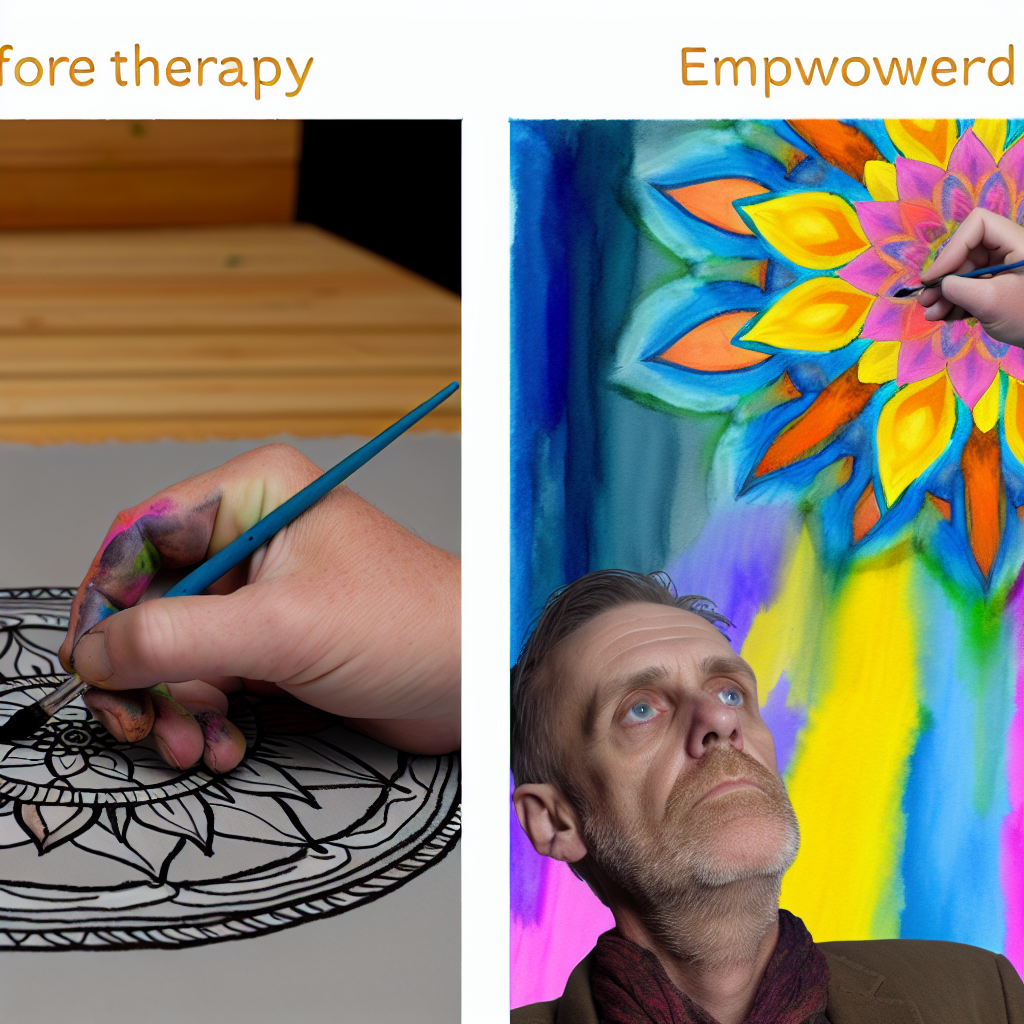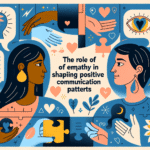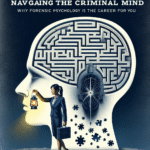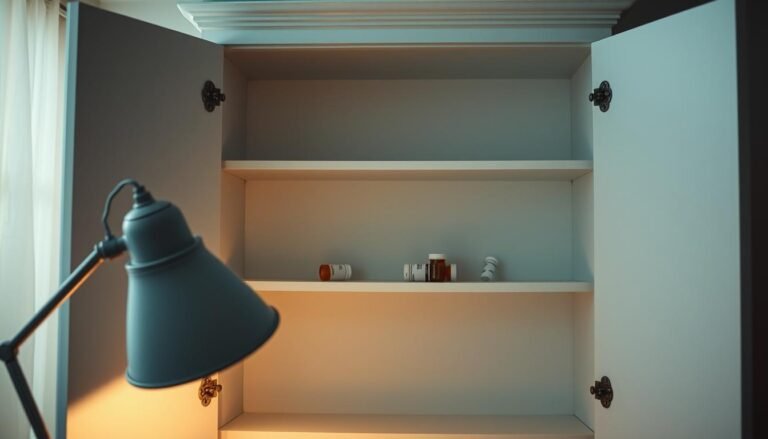
Coloring Outside the Lines: How Art Therapy Can Transform Lives
Introduction
In a world increasingly dominated by screens and fast-paced living, the concept of “Coloring Outside the Lines” offers a refreshing perspective on a long-cherished therapeutic practice—art therapy. This powerful approach to mental health and emotional well-being is not just about creating pretty pictures; it’s about reprogramming how we view trauma, emotions, and healing. Art therapy allows individuals to express feelings that words often can’t encapsulate, providing a safe space to explore the complexities of the human experience. This article will explore how art therapy can truly transform lives and why it deserves a central place in therapeutic practices.
The Evolution and Science of Art Therapy
Historical Context
Art therapy’s roots can be traced back to the 1940s when artists began to leverage the power of creative expression as a healing tool. However, it wasn’t until the 1960s that formal training programs came into place. Today, art therapy is recognized by professional organizations and medical institutions around the world as a legitimate mental health discipline.
Psychological Foundations
Art therapy is grounded in psychological theories, particularly those related to expression, imagery, and therapy. For instance, Carl Jung’s theory of archetypes posits that art can reveal underlying symbols that illuminate our psyche. Similarly, the work of Anna Freud emphasizes the importance of play and creativity in understanding and reshaping human experiences.
Data-Driven Insights
| Study | Year | Findings |
|---|---|---|
| National Institute of Mental Health | 2019 | 65% of participants reported significant stress reduction through art therapy. |
| American Art Therapy Association | 2020 | 85% of therapists found art therapy effective for anxiety and depression. |
| University of California, Davis | 2021 | Art therapy participants scored 20% higher in emotional regulation tests. |
The Core Benefits of Art Therapy
Enhancing Emotional Expression
One of the most crucial aspects of art therapy is its capability to enhance emotional expression, especially for those struggling to convey their feelings verbally. For instance, individuals who have experienced trauma often find it challenging to articulate their pain. By utilizing colors and shapes instead of words, they can depict their inner worlds.
Case Study: Sarah’s Journey
Sarah, a 28-year-old survivor of domestic abuse, found it difficult to express her feelings through traditional talk therapy. During her art therapy sessions, she used dark colors to convey her past struggles, gradually shifting to brighter hues as her healing progressed. This visual journey empowered her to confront her pain and celebrate her resilience.
Building Self-Esteem
Art therapy helps individuals cultivate self-esteem by encouraging them to engage in creative activities where there is no "right" or "wrong."
Case Study: Mark’s Transformation
Mark, a 35-year-old man grappling with a severe identity crisis, approached art therapy with skepticism. However, through painting and sculpting, he rediscovered a sense of self-worth. Over time, the creative process became a celebration of his identity, helping him embrace who he was.
Facilitating Trauma Processing
Art can serve as a powerful tool for processing trauma. When individuals recreate their experiences visually, they gain distance, allowing them to analyze and understand their feelings better.
Case Study: Vanessa’s Art Exhibition
Vanessa, a former military officer suffering from PTSD, created a series of paintings depicting her experiences during service. By sharing her work in a local exhibition, she not only processed her trauma but also sparked conversations about mental health in her community.
The Practice of Art Therapy in Various Settings
Healthcare Institutions
Art therapy has found its way into hospitals and clinics, particularly in oncology, pediatrics, and mental health units. It serves as a complementary approach to traditional treatments, offering patients a means to cope with their medical conditions.
Educational Environments
Schools are increasingly adopting art therapy to support students dealing with emotional and behavioral challenges. By providing creative outlets for students, schools can promote mental well-being and academic success.
Case Study: The School’s Art Program
A middle school initiated an art therapy program after noticing a spike in student anxiety. Over a year, they found that students engaged in art therapy demonstrated improved academic performance and reduced behavioral issues.
Common Misconceptions About Art Therapy
It’s Just for Artists
One of the most common misconceptions is that art therapy is only for those who can paint or draw. In reality, it’s designed for everyone, regardless of artistic ability. The therapeutic process emphasizes expression over skill.
It’s Only for Children
Many people believe art therapy is primarily beneficial for children. However, research shows that individuals of all ages can benefit from creative expression. Art therapy is particularly useful for adults facing stress, trauma, or mental health issues.
Addressing Common Concerns
1. Does art therapy really work?
Absolutely! Evidence and numerous studies support the efficacy of art therapy in reducing anxiety, depression, and stress.
2. How do I find a qualified art therapist?
Look for professionals certified by recognized institutions such as the American Art Therapy Association. Online directories provide listings of licensed therapists.
3. Can I engage in art therapy at home?
Yes! While professional guidance is beneficial, self-led art making can also be therapeutic. Journaling, doodling, or creative writing can serve as informal art therapy.
4. Is there a specific age for art therapy?
No, art therapy is valuable for all age groups, from children to elders. There’s no "right" age to begin exploring one’s creative expression for healing.
5. What supplies do I need for art therapy?
Basic supplies like paper, colored pencils, markers, or paints are sufficient. The focus is on the act of creation, not on the materials used.
Conclusion
In conclusion, "Coloring Outside the Lines: How Art Therapy Can Transform Lives" delves deep into a fascinating realm that interconnects art and psychology. The stories of individuals like Sarah, Mark, and Vanessa highlight the transformative power of creative expression. As the stigma surrounding mental health continues to decline, art therapy emerges as a beacon of hope for many.
Whether you are seeking to overcome trauma, enhance self-esteem, or simply find joy in creative freedom, art therapy offers an enlightening journey worth embarking on. So grab those colors, envision your dreams, and remember that healing can sometimes blossom outside the lines.
FAQs
What is art therapy?
Art therapy combines art and psychotherapy to improve emotional, mental, and physical well-being through creative expression.Is art therapy suitable for everyone?
Yes, it can benefit individuals of all ages and backgrounds, regardless of artistic ability.How long do art therapy sessions last?
Sessions typically last between 45 minutes to an hour, depending on individual needs and goals.Can art therapy be integrated with other therapies?
Yes, it often works alongside traditional therapies to provide a holistic approach to mental health.- What are the qualifications for art therapists?
Art therapists hold a master’s degree in art therapy and are often licensed or certified by professional organizations.
By exploring "Coloring Outside the Lines: How Art Therapy Can Transform Lives," you’re stepping into a world where creativity meets healing—a journey that could very well transform your life or the life of someone you care about.

















